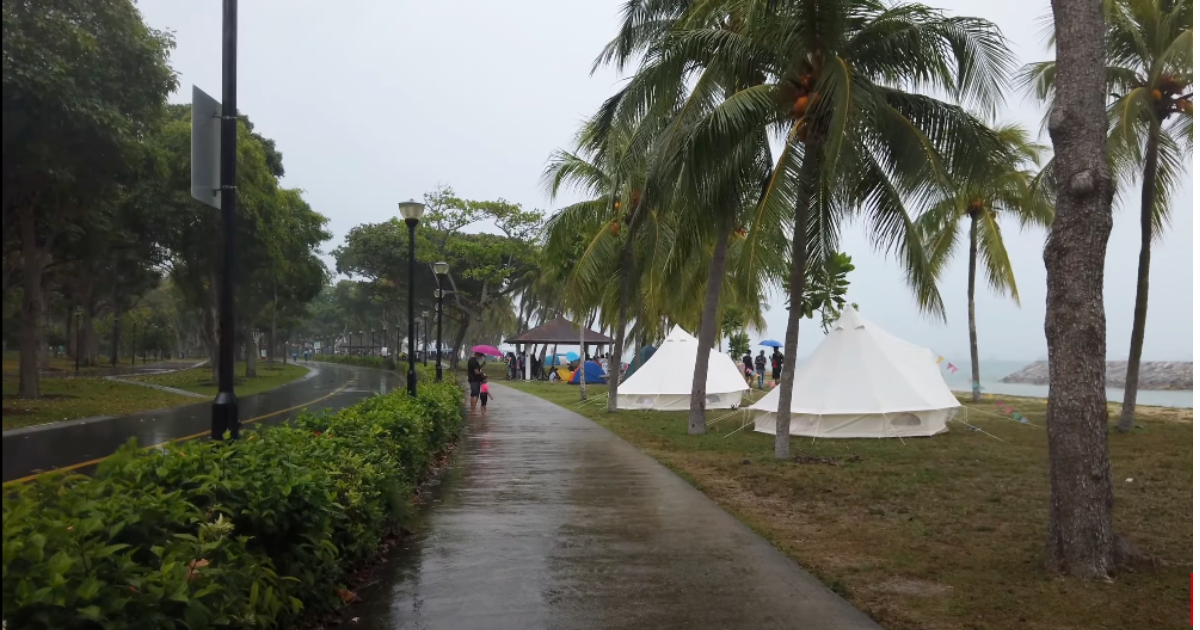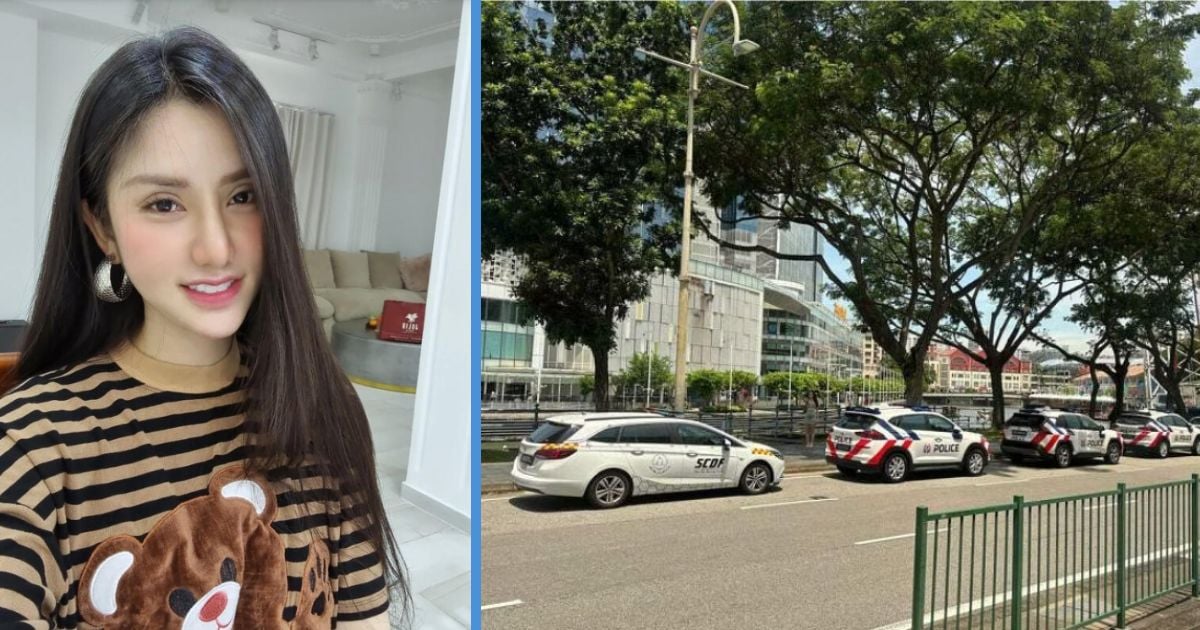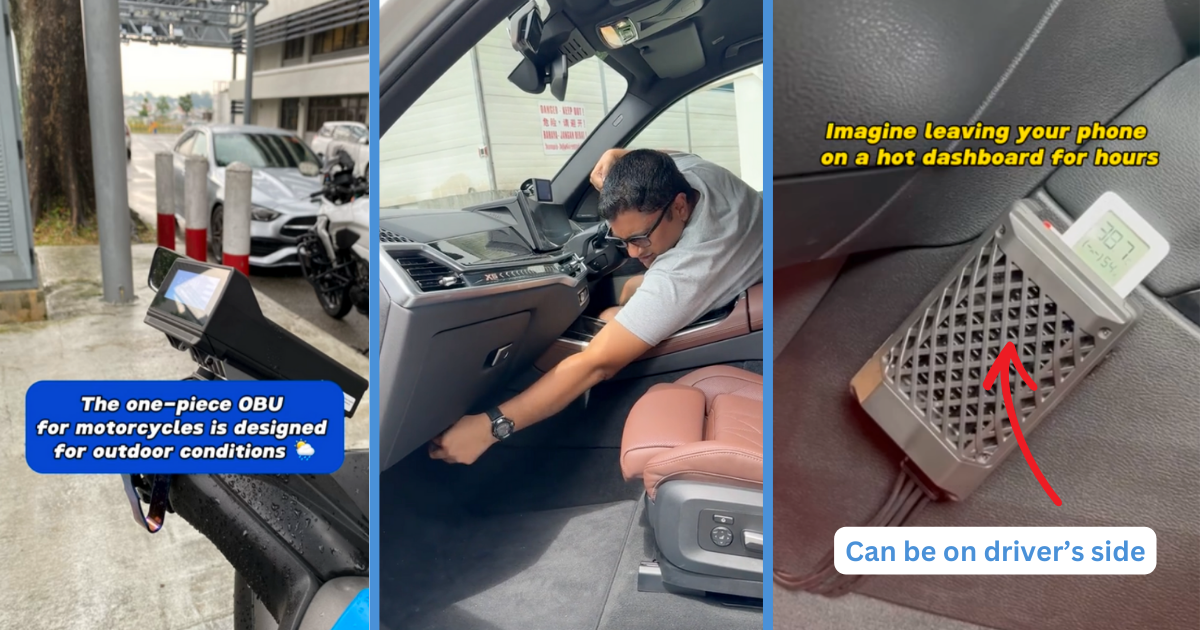Amid the current COVID-19 crisis, it’s entirely understandable to want to minimise your contact with the public.
The recent spike in cases is, after all, worrying.
Yet, the fact remains that for those who cannot work from the comfort of their homes, heading to their workplaces remains a necessity.
And considering the volume within public transport vehicles, minimising one’s contact with the general public could indeed prove to be a hard task.
Study Shows More People Taking Taxis or PHVs Amid the COVID-19 Pandemic
Yet, it seems that some have arrived at a logical-sounding conclusion. Or as our resident Ah Beng would put it:
“Just take taxi lor.”
In a survey done by the Institute of Service Excellence (ISE) at the Singapore Management University (SMU), it was found that 61.1% of respondents have changed their commuting patterns since the pandemic.
24.7% stated that they have taken fewer MRT trips, while 18.3% indicated that they have taken lesser public bus trips.
15.7% said that they’re relying more on point-to-point transport such as taxis or private hire vehicles.
The change has been attributed to the emergence of the working-from-home scheme, as well as an intention to minimise contact with the public.
However, the statistics did not come without a prominent flaw.
Unhappy
Though point-to-point transport services have increased in frequency, customer satisfaction has, ironically, dipped.
In fact, it declined as much as 3.6%.
Apparently, customers took grievance at the difficulties faced in getting a ride, the fare charges and an absence of promotions and discounts.
“The poor performance of these pricing and ride acquisition-related attributes was supported by survey respondents’ verbatim comments alluding to high prices and poor availability,” said Ms Neeta Lachmandas, executive director of ISE.
“It’s understandable that Covid-19 has been disruptive to point-to-point transport services, particularly in relation to driver supply and ride demand, but operators should review customers’ travel experience and work to strengthen themselves as the transport option of choice.”
Meanwhile, the MRT system and the public bus sector scored the same satisfaction level as last year.
However, the tolerance levels for fare increases for these two aspects have fallen.
It fell from 9.9% in 2020 to 8.2% in 2021.
Safety
While taxi rides do reduce your contact with the general public, they’re not without their flaws.
Though you’re likely to be alone, or sharing a ride with another passenger, while you’re in the taxi, the driver would have likely piloted the vehicle for numerous other customers as well.
As compared to off-peak trains, you would also share closer proximity with the driver on a taxi ride.
With that in mind, it would be wise to practice the necessary safety precautions on taxi rides, and not slack off under a false illusion of safety.
Read Also:
- Man with Only 3 Months to Live Bids Farewell to Jollibee Through a Note
- Now, SPF Also Has an Imran: A Clothed Version of Mocca Man
Featured Image: joyfull / Shutterstock.com




